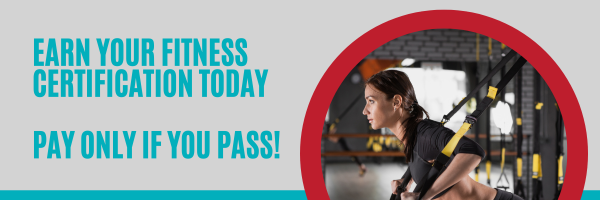Bodyweight training is a highly effective and versatile form of exercise that can help you build strength, endurance, and muscle mass using only your bodyweight as resistance. In this article, we will discuss how to incorporate bodyweight training into your workouts to get lean and defined, and why it's a great option for people of all fitness levels.
Set Goals and Track Progress
The first step to incorporating bodyweight training into your workouts is to set clear goals and track your progress. This will help you stay motivated and focused on achieving your fitness goals. Start by setting realistic goals, such as increasing the number of push-ups or pull-ups you can do, or improving your time for a specific bodyweight exercise like burpees or mountain climbers. Use a fitness app or journal to track your progress and celebrate your achievements along the way.
Use Compound Exercises
Compound exercises are bodyweight exercises that work multiple muscle groups at once. They are highly effective for building strength and endurance, and can help you achieve a lean and defined physique. Examples of compound exercises include push-ups, squats, lunges, pull-ups, and dips. Incorporate these exercises into your workouts to target multiple muscle groups and maximize your results.
Increase Reps and Sets
To build muscle mass and endurance with bodyweight training, it's important to increase the number of reps and sets you perform over time. Start with a manageable number of reps and sets for each exercise, and gradually increase the intensity and volume of your workouts as you get stronger. Aim to perform 3-4 sets of 10-20 reps for each exercise, with 30-60 seconds of rest between sets.
Incorporate HIIT Workouts
High-intensity interval training (HIIT) is a highly effective form of bodyweight training that can help you burn fat, build muscle, and improve cardiovascular fitness. HIIT workouts typically involve short bursts of intense exercise followed by periods of rest or low-intensity exercise. Incorporate HIIT workouts into your bodyweight training routine to increase the intensity and variety of your workouts.
Focus on Form and Technique
Proper form and technique are essential for getting the most out of your bodyweight training workouts and reducing the risk of injury. Before you start a new exercise, take the time to learn the proper form and technique by watching online tutorials or working with a certified personal trainer. Focus on maintaining good posture, engaging your core, and using a full range of motion for each exercise.
Mix It Up
Variety is key when it comes to bodyweight training. To avoid plateaus and keep your workouts interesting, mix up your exercises and try new variations of familiar exercises. For example, you can add a twist to your push-ups by doing diamond push-ups or decline push-ups, or challenge your balance and core strength by doing single-leg squats or plank variations.
Incorporate Plyometric Exercises
Plyometric exercises are explosive bodyweight exercises that involve jumping and other dynamic movements. These exercises can help improve power, speed, and agility, and are highly effective for building muscle and burning fat. Examples of plyometric exercises include jump squats, burpees, and box jumps. Incorporate plyometric exercises into your workouts to take your bodyweight training to the next level.
Conclusion
Bodyweight training is a highly effective and accessible form of exercise that can help you achieve a lean and defined physique, build strength and endurance, and improve your overall health and fitness. By setting clear goals, using compound exercises, increasing reps and sets, incorporating HIIT workouts, focusing on form and technique, mixing up your exercises, and incorporating plyometric exercises into your workouts, you can take your bodyweight training to the next level and get the results you want.
When incorporating bodyweight training into your workouts, it's important to remember that consistency is key. Aim to exercise at least 3-4 times per week, and gradually increase the intensity and volume of your workouts over time. Listen to your body and give yourself time to recover between workouts to avoid burnout or injury.
As with any form of exercise, it's important to consult with a certified personal trainer or healthcare provider before starting a new fitness program, especially if you have any pre-existing medical conditions or injuries.
In conclusion, bodyweight training is a highly effective and versatile form of exercise that can help you get lean and defined, build strength and endurance, and improve your overall health and fitness. By following these tips and incorporating bodyweight exercises into your workouts, you can achieve your fitness goals and take your workouts to the next level.





